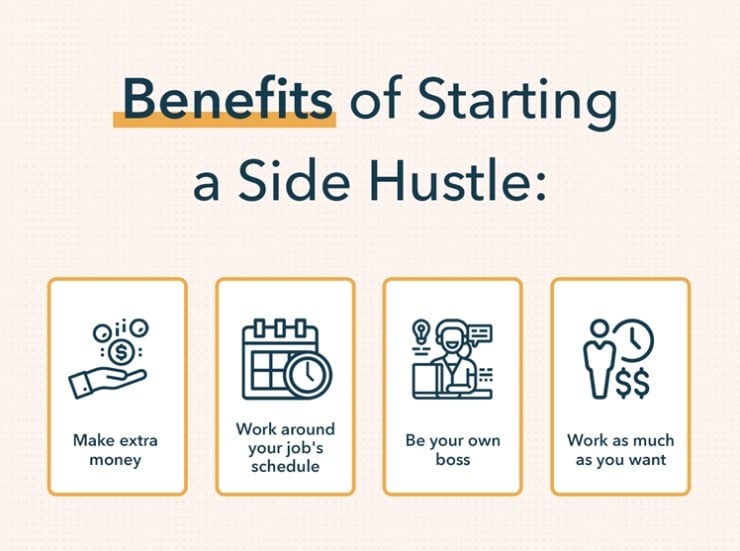
So, there I was, ready to apply for a remote Product Manager role that seemed perfect—great pay, remote flexibility, offsite meetups, and even a budget for setting up your home office. Naturally, I prepped my resume, all set to click “Apply.” But instead of an “Apply” button, I saw something unexpected: “Take a Test.”
To even start the process, you had to log in through LinkedIn—no resume, no cover letter, just a social login. And that’s when things got interesting.
This company wasn’t interested in the usual polished CV. Instead, they wanted to see what I could actually do right away. Sixteen questions covering Product Management, User Research, and Team Leadership were packed into one test—no second chances, just one shot to prove my skills.
Why? They were using a model called skills-based hiring, which is gaining traction in many industries. Unlike the traditional resume approach that focuses on education, job titles, and previous roles, skills-based hiring prioritizes a candidate’s actual abilities.
Research shows that up to 90% of employers believe skills are as or more important than academic credentials, making this approach more appealing to companies looking for specific competencies. It’s also seen as a way to reduce bias in the hiring process by focusing on what candidates can do, rather than where they’ve worked.
In this case, the company wasn’t just using the model for their own hiring—they were selling it too. Their SaaS platform, priced at minimum $20 per month, allows other businesses to adopt skills-based hiring.
Thoughts
Now, I like the idea of skills-based hiring. In theory, it’s efficient and fair, focusing on what you can do rather than what’s on your resume. But here’s where the red flags popped up. After finishing the test and scoring over 80%, I received an email saying, “Great job! Someone will be in touch soon.”
Except, no one was. The promised follow-up? Never happened.
Don’t get me wrong—I think skills-based hiring has potential. But here’s the thing: I need to trust the process, and more importantly, I need to trust the company. This particular role came from a less-established company, one that didn’t inspire much confidence.
The more tools that flood the market, the harder it actually becomes to screen candidates effectively. With tools like ChatGPT, anyone can craft perfect answers to skill-based tests or questions. In a way, it feels like we’re going backward. The process is becoming more about automated interactions than genuine connections. People still crave that personal touch or, at the very least, a recommendation from someone they trust.

Side projects, often called pet projects, are becoming increasingly popular outside the traditional corporate job structure as a way to find the right candidate. Instead of focusing purely on resumes and interviews, companies are starting to pay attention to what people have actually created or contributed to in their free time. These projects offer a deeper look into a person’s passion, dedication, and skill level, which a CV or a list of qualifications often can’t reveal.
For candidates, the benefits are clear. If you’re truly passionate about your field, whether it’s marketing, product development, or content creation, working on a side project is an opportunity to show what you can do. It’s a way to break away from the constraints of formal job descriptions and demonstrate creativity and problem-solving in action. Plus, for those who are just starting out or transitioning into a new field, side projects offer a way to build a portfolio without needing years of traditional experience.
From the company’s perspective, pet projects offer a valuable insight into a candidate’s abilities. Hiring managers can see not just the final product but also the process behind it. They can observe how a candidate approaches challenges, manages time, and collaborates with others. These qualities are often hard to gauge in a traditional interview setting. With a project, especially if it’s related to the job they’re applying for, the proof is right there in front of you.
I personally believe in the power of community-driven projects and am currently working on a platform where small groups of people—usually no more than five—come together to work on specific goals for a short period of time. These goals are highly focused, practical, and often designed to showcase talent to potential clients or employers. Think of it like a real-world test drive of your skills, but in a collaborative environment.
For example, imagine a group tasked with creating a TikTok profile that reaches 100,000 views within 30 days. The team could consist of a product manager, a marketing strategist, and content creators, all working together to achieve that target. This collaborative effort not only builds technical skills but also enhances teamwork, communication, and creativity. At the end of the 30 days, if the project is a success, the team has something tangible to show potential clients or employers, and they may even decide to continue working together on future projects.
This approach allows people to learn through practice rather than theory, and it builds a body of work that’s much more compelling than a list of skills on a resume. It’s also a great way for companies to see firsthand how candidates work in real-world scenarios. When candidates take part in these kinds of short-term, focused projects, they bring the added benefit of having recent, relevant experience that directly aligns with the role they’re applying for.
I think we’re heading toward a world where companies will rely more on pet projects or bite-sized training sessions to test real skills before hiring. These tasks offer a way to filter candidates based on hard skills—like coding, marketing strategy, or design. However, it’s important to note that while these projects can highlight technical abilities, they may miss out on evaluating soft skills. Skills like communication, trust-building, and cultural fit are crucial but much harder to measure through a one-off project or an AI-generated test.
It made me think: Do you know how to screen job descriptions and analyze companies for red flags? I’ve gathered a lot of insights from my own experiences, and I’m happy to share them with my mentees. By paying attention to certain clues, you can save yourself time and effort, making sure you focus on the right opportunities. if you are interested to learn more or participate in such projects feel free to get in touch.
Find out if MentorCruise is a good fit for you – fast, free, and no pressure.
Tell us about your goals
See how mentorship compares to other options
Preview your first month
